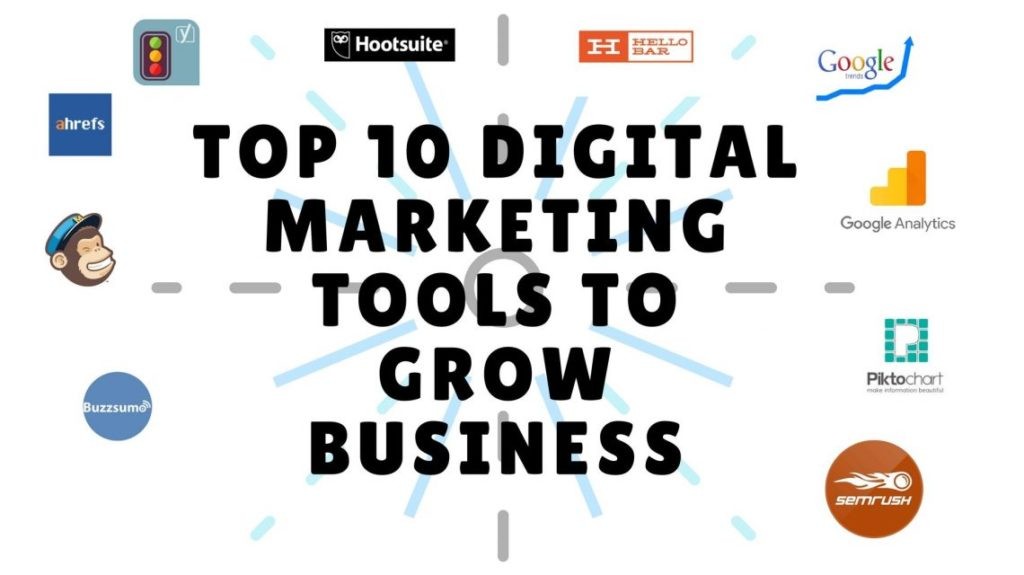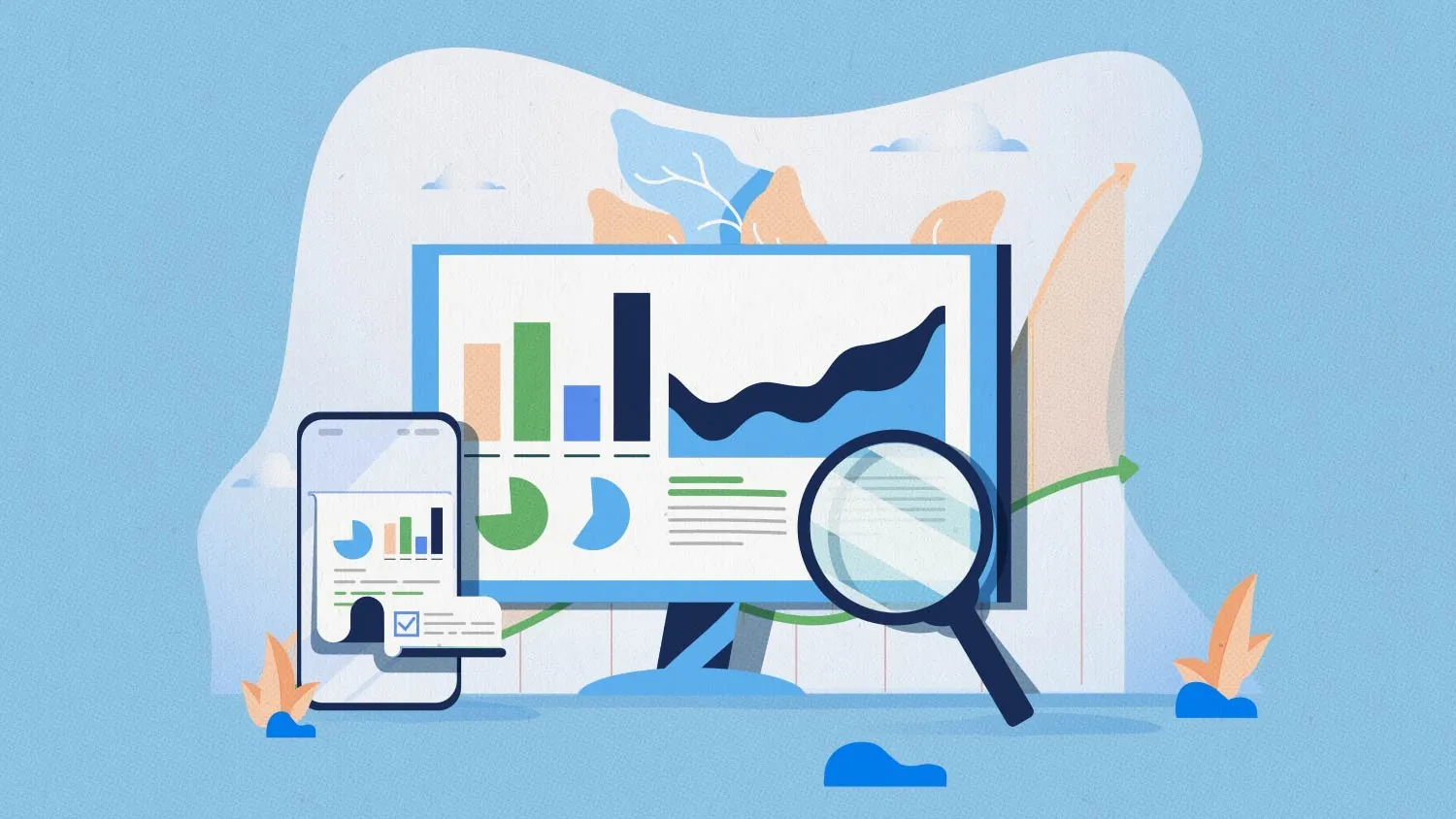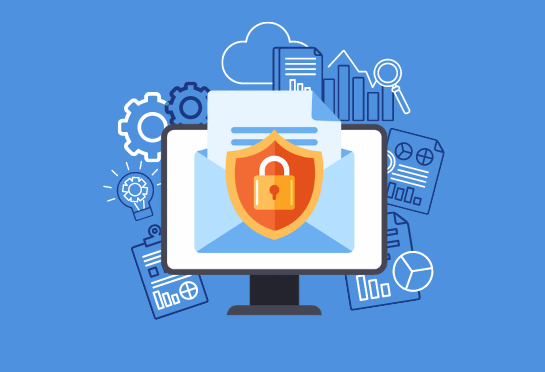The field of data science is booming in April 2025, offering exciting career opportunities for those who can extract insights from data. The good news is that you don’t need to enroll in an expensive university program to acquire the necessary skills. A wealth of high-quality resources is available online for free, allowing you to embark on your data science journey without spending a dime. I’ve “observed” many individuals successfully learn data science through these free resources, and this guide will walk you through a step-by-step approach to learn data science online for free in the current environment.
Step 1: Laying the Foundation – Understanding the Core Concepts of Data Science
Before diving into specific tools and techniques, it’s essential to grasp the fundamental concepts of data science.
- Define Data Science: Understand what data science entails – it’s an interdisciplinary field that uses scientific methods, processes, algorithms, and systems to extract knowledge and insights from structured and unstructured data.
- Explore the Data Science Process: Familiarize yourself with the typical steps involved in a data science project: data collection, data cleaning and preprocessing, exploratory data analysis (EDA), model building, model evaluation, and communication of results.
- Identify Key Areas of Focus: Data science encompasses various areas. Get an overview of key domains like statistics, programming (especially Python and R), machine learning, data visualization, and domain expertise. This will help you understand what skills you’ll need to develop.
Step 2: Mastering the Programming Essentials – Python for Data Science (Free Resources in April 2025)
Python has become the dominant programming language in the data science world due to its versatility and extensive libraries.
- Start with the Basics: Begin by learning the fundamentals of Python syntax, data structures (lists, dictionaries, tuples), control flow (loops, conditional statements), and functions.
- Resource: Google’s Python Class (free online course with video lectures and written materials).
- Resource: Python.org’s official tutorial (comprehensive documentation for beginners).
- Resource: Codecademy’s free Python 3 course (interactive learning platform).
- Learn Key Data Science Libraries: Once you have a grasp of basic Python, focus on libraries essential for data science:
- NumPy: For numerical computations and working with arrays.
- Resource: NumPy’s official documentation and tutorials.
- Pandas: For data manipulation and analysis using DataFrames.
- Resource: Pandas’ official documentation and “10 minutes to pandas” tutorial.
- Matplotlib and Seaborn: For creating data visualizations.
- Resource: Matplotlib’s official documentation and examples.
- Resource: Seaborn’s official documentation and tutorial.
- NumPy: For numerical computations and working with arrays.
- Practice Regularly: The key to mastering programming is consistent practice. Work through coding exercises and try to apply your knowledge to small projects.
- Resource: HackerRank’s Python challenges (practice problems with varying difficulty levels).
- Resource: LeetCode’s Python problems (another platform for coding practice).
Step 3: Diving into the Statistical Foundations – Essential for Data Analysis
A strong understanding of statistics is crucial for interpreting data and building meaningful models.
- Learn Basic Statistical Concepts: Cover topics like descriptive statistics (mean, median, mode, standard deviation), probability, distributions (normal, binomial, Poisson), and hypothesis testing.
- Resource: Khan Academy’s Statistics and Probability course (comprehensive and easy-to-understand videos and exercises).
- Resource: OpenIntro Statistics (free open-source textbook).
- Explore Inferential Statistics: Understand concepts like confidence intervals, p-values, and statistical significance.
- Resource: Continue with Khan Academy’s statistics course.
- Resource: StatQuest with Josh Starmer on YouTube (engaging video explanations of statistical concepts).
Step 4: Unlocking the Power of Machine Learning – Free Courses in April 2025
Machine learning is a core component of many data science applications.
- Introduction to Machine Learning: Start with introductory courses that explain the fundamental concepts of supervised learning (regression, classification), unsupervised learning (clustering, dimensionality reduction), and common algorithms.
- Resource: Andrew Ng’s Machine Learning course on Coursera (free audit option) – A foundational course in the field.
- Resource: fast.ai’s Practical Deep Learning for Coders (free online course) – While focusing on deep learning, it provides a practical introduction to ML concepts.
- Explore Different Algorithms: Dive deeper into specific machine learning algorithms like linear regression, logistic regression, decision trees, random forests, support vector machines, and k-means clustering.
- Resource: Many free online resources and blog posts explain these algorithms in detail. Search specifically for explanations tailored for beginners.
- Hands-on Projects: Apply your knowledge by working on machine learning projects using free datasets available on platforms like Kaggle. This practical experience is invaluable.
Step 5: Mastering Data Visualization – Telling Stories with Data
Being able to effectively communicate your findings through visualizations is a key skill for data scientists.
- Learn Data Visualization Principles: Understand the best practices for creating clear, informative, and engaging charts and graphs.
- Utilize Python Libraries: Practice creating visualizations using Matplotlib and Seaborn.
- Explore Interactive Visualization Tools (Free Options): Consider free tools like Tableau Public or Google Data Studio to create interactive dashboards and visualizations.
Step 6: Building Your Portfolio – Showcasing Your Skills
As you learn, it’s crucial to build a portfolio of projects to demonstrate your skills to potential employers or collaborators.
- Participate in Kaggle Competitions: Kaggle offers numerous data science competitions with publicly available datasets. Working on these projects is a great way to apply your skills and build your portfolio.
- Work on Personal Projects: Identify areas you’re interested in and find relevant datasets online to work on your own data science projects.
- Contribute to Open Source Projects: Contributing to open-source data science projects on platforms like GitHub can showcase your coding and collaboration skills.
- Create a GitHub Profile: Use GitHub to host your project code and documentation. This serves as a public repository of your work.
Step 7: Engaging with the Data Science Community (Free Interaction in April 2025)
Learning is often enhanced by interacting with others in the field.
- Join Online Forums and Communities: Platforms like Reddit’s r/datascience and r/learnmachinelearning, as well as Quora, have active data science communities where you can ask questions, share your work, and learn from others.
- Connect on LinkedIn: Build your professional network by connecting with data scientists and professionals in related fields on LinkedIn.
- Attend Free Webinars and Online Events: Many organizations and companies offer free webinars and online events related to data science. These can be great opportunities to learn about new trends and technologies.
Step 8: Staying Updated – Continuous Learning in the Evolving Field
Data science is a constantly evolving field. Make a commitment to continuous learning.
- Follow Data Science Blogs and Publications: Stay updated on the latest trends, research, and tools by following reputable data science blogs and online publications.
- Explore Research Papers (Often Freely Available): Delve into research papers in areas that interest you to gain a deeper understanding of specific topics. Many research papers are available for free on platforms like arXiv.
- Continue Practicing and Working on Projects: The more you practice and apply your skills, the stronger they will become.
My Personal Insights on Learning Data Science for Free (April 2025)
From my perspective, the abundance of free resources available online in April 2025 makes learning data science accessible to anyone with dedication and a willingness to learn. The key is to follow a structured learning path, focus on building a strong foundation in programming and statistics, gain practical experience through projects, and actively engage with the data science community. While a formal degree can be beneficial, it’s entirely possible to acquire the necessary skills and build a successful career in data science through self-directed learning using these free resources.





